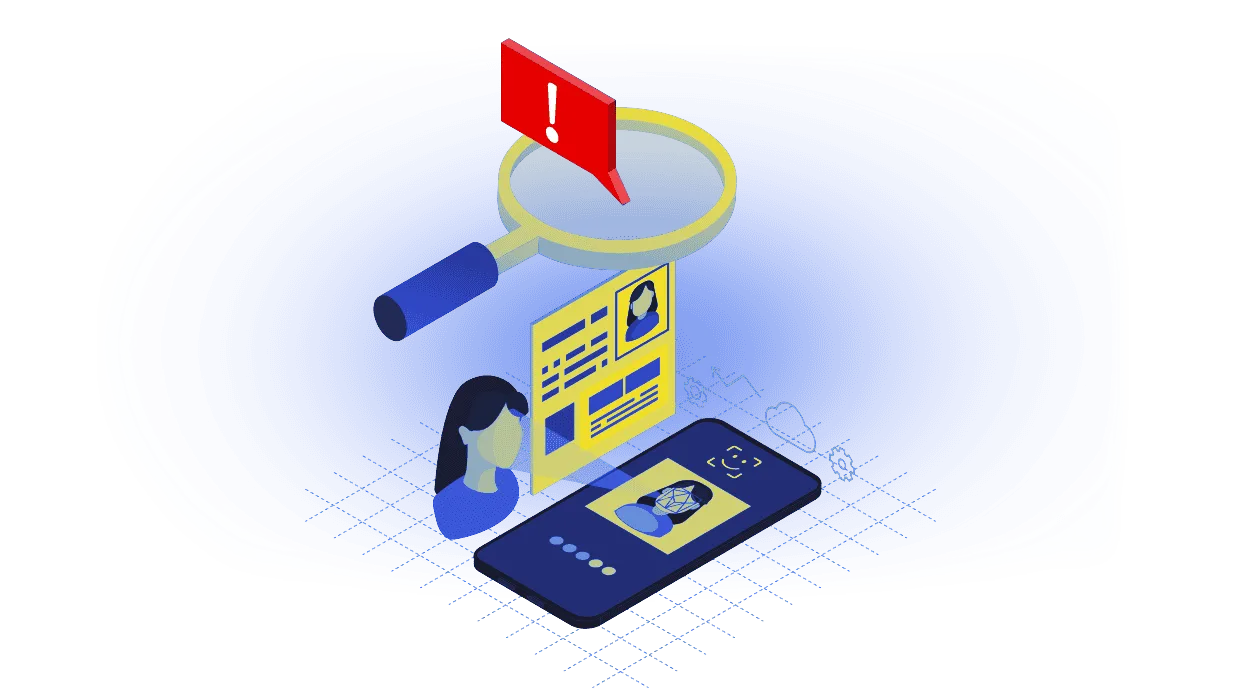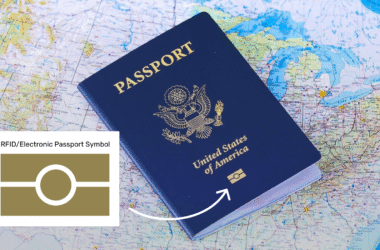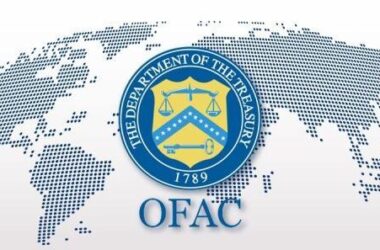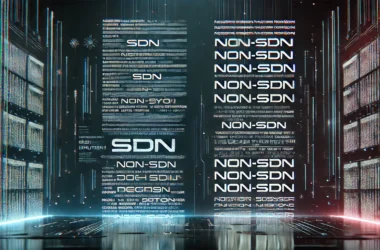Table of Contents Show
For financial institutions operating in our interconnected world it has never been more critical to maintain compliance with international sanctions regimes. OFAC screening stands out as a vital element in ensuring effective AML (Anti-Money Laundering) compliance. The guide offers a detailed explanation of OFAC list screening procedures along with its importance and its position within the overall compliance system.
Why OFAC Screening Is Critical
OFAC screening prevents financial crimes and terrorism financing along with other unlawful activities by blocking business transactions between entities and sanctioned individuals or organizations. Organizations that neglect to conduct OFAC compliance checks expose themselves to major financial penalties and loss of reputation.
Industries That Must Screen Customers
- Financial institutions
- Cryptocurrency platforms
- Law firms, shipping, and logistics companies
- Limited scope compliance checks apply to online marketplaces and freelancers
What Is OFAC Screening?
Definition and Legal Basis
OFAC screening requires the verification of individuals, companies and entities using lists maintained by OFAC which includes the SDN list. U.S. law mandates OFAC screening for specific business sectors and transactions.
When and Why It Must Be Done
Companies must perform OFAC screening during customer onboarding and at regular intervals throughout the customer relationship as well as before executing transactions that carry compliance risks. Our objective is to detect and reduce risk from dealing with sanctioned organizations.
Who Needs to Perform OFAC Screening?
Financial Institutions
Financial entities including banks must perform mandatory screenings of all customer interactions and financial transactions.
Crypto Platforms
Cryptocurrency platforms need to implement advanced sanctions screening tools in their compliance operations to manage the growing digital assets market.
Law Firms, Shipping, and Logistics Companies
Companies that operate across national borders must verify that their business dealings do not involve sanctioned people or organizations.
Freelancers/Marketplaces (Limited Scope)
Cross-border freelance platforms need to implement basic screening processes to meet compliance requirements.
How to Conduct OFAC Screening: Step-by-Step
Step 1: Collect Data
Gather all relevant customer information: Gather customer data which includes full name together with date of birth, nationality, identification numbers and citizenship information.
Step 2: Match Against OFAC Lists
Employ dependable sanctions screening tools to match collected data against OFAC lists including the SDN and other pertinent watchlists.
Step 3: Use Risk-Based Approach to False Positives
Evaluate possible matches by assessing risk factors including geographic location and transaction behavior together with customer profile to minimize false-positive results.
Step 4: Document Results and Flag Matches
Maintain comprehensive records of screening outcomes and identify possible matches which should undergo additional evaluation.
Step 5: Report to OFAC If Needed
Make an immediate report to OFAC when you confirm a match and adhere to their instructions for asset freezes and any additional required actions.
Manual vs Automated Screening
Advantages/Disadvantages
Manual screening saves costs yet requires extensive time and suffers from human mistakes. Automated screening systems offer faster processing and consistent results along with scalability despite their higher cost.
Role of APIs, Regtech Tools, and AI
AI-driven Regtech solutions combined with APIs give financial institutions real-time screening capabilities alongside automated alerts while enabling seamless integration with their core banking and compliance systems.
Case Studies
- Fintech Startup: Uses AI-powered batch screening for rapid onboarding.
- Traditional Bank: The organization implements a hybrid approach with human review for clients classified as high-risk.
Tools for OFAC Screening
- KYCAID
- LexisNexis WorldCompliance
- Dow Jones Watchlist
- OFAC Official Search Tool
How Often to Screen?
One-Time vs Ongoing Monitoring
Continuous monitoring needs to supplement initial checks to track client status changes.
Periodic Reviews
Perform compliance reviews at regular intervals according to each client’s risk assessment.
When to Re-screen Existing Clients
Perform re-screening on clients when customer data changes or new transactions occur and when regulatory updates happen.
Handling OFAC Matches and Alerts
Escalation Process
Establish an explicit procedure for sending potential matches to a compliance officer for evaluation.
Dealing with False Positives
Detailed client data alongside extra identifiers help eliminate false positives.
When to Freeze Assets or Notify Authorities
Freeze assets and promptly notify OFAC after verifying that the entity matches a sanctioned list.
OFAC Screening in the KYC/AML Ecosystem
Integration Into Onboarding
Digital onboarding procedures should incorporate OFAC compliance checks at each stage.
Batch Screening and Customer Lifecycle
Batch screening tools enable organizations to keep track of extensive customer populations throughout each stage of their lifecycle.
Conclusion + Compliance Best Practices
Conducting OFAC screenings remains an essential requirement for maintaining regulatory compliance. Financial institutions and other required organizations need to implement proactive technological solutions to maintain sanctions compliance. Organizations should combine screening into KYC processes while utilizing AI tools, record every compliance check and conduct routine staff training.
Your organization will reduce risk and protect itself while maintaining financial integrity internationally through robust OFAC screening within your AML compliance process.




